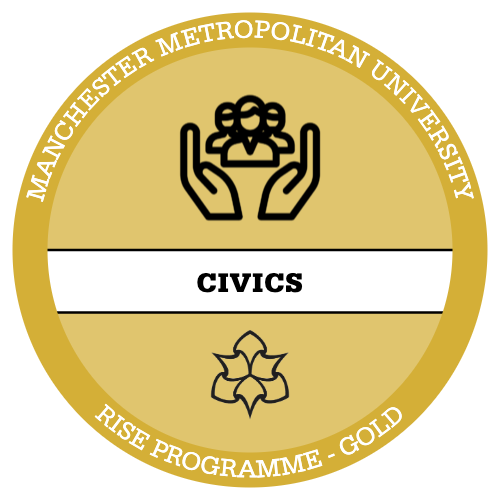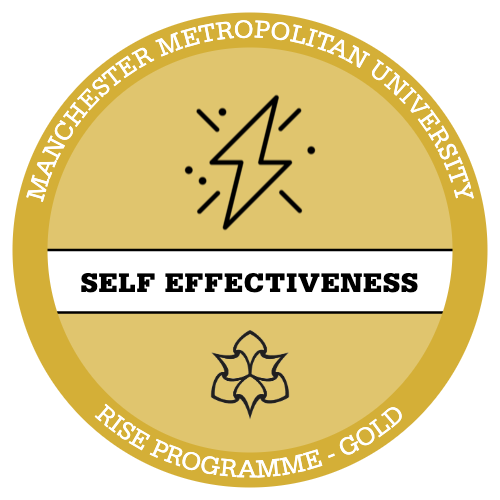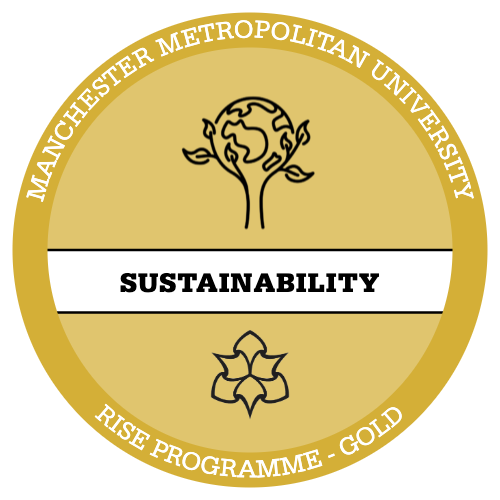

Goal 14: Life Below Water
This sprint is designed to explore an individual SDG. We will examine Goal 14’s targets, indicators and actions. The connectivity of the goals will also be outlined to draw links between life below water and other aspects of sustainability.
After reviewing the structure of this goal, we will consider cases of real world action taken to progress towards the goal.
This inforgraphic highlights the key threats to ocean sustainability.
Along with threats potential actions and positive outcomes are presented.
Outlining the SDGs in this format is extremely effective in conveying the complexity of the SDGs along with pathways reach the goals.

The following video explores SDG 14. Evaluating the motivation behind and importance of the goal. We will also review progress towards the goal.
Sustainable Development Report Interactive map
What are Marine Protected Areas?

Read: Large Recovery of Fish Biomass in a No-Take Marine Reserve
<undefined><strong>Aburto-Oropeza et al. (2011)</strong></undefined>
To find out more about the Caba Pulmo National Park No-Take Zone read the following paper. I also want to highlight here how something informal like a Youtube video (although produced by a reputable institution) can help you in finding a jumping off point to discover academic research and articles.
Case Study of Establishing Comprehensive Sustainability of Fisheries
So what can you do?
• Find a Goal 14 charity you want to support. Any donation, big or small, can make a difference!
• Reduce waste – much of the waste that we produce on land ends up in the oceans. Stop using plastic bags: Usage and wrong disposal of plastic is a major cause of marine pollution.
• Organize a cleanup project for rivers and oceans. Engage your whole community to clean up a local river, seaside or an ocean.
• Never buy bottled water – boil, filter, chlorine, rainwater, do what you can.
• Run a campaign on the effects of plastic use on the seas and oceans.
• Buy local and certified fish. You can support small-scale producers by shopping in local markets and shops.
• Stay informed. Follow your local news and stay in touch with the Global Goals online or on social media at @TheGlobalGoals.
The points above provide a list of actions to take to help the global community take steps towards SDG 14. You should also think back to the diagram of SDG interconnectivity in the video about the SDGs. Many actions taken for other SDGs can feed into goal 14 and vice versa. The more aware you are of these links the better informed your choices can be. Choosing sustainable agriculture for example can have impacts on reducing eutrophication in the oceans. Reducing your carbon emissions can reduce ocean acidification. The reverse is also true, making choices to support sustainable fishing can aid in the protecting livelihoods and reducing poverty. Contributing to SDG 1 and 8.
Enough small actions can make a difference!






